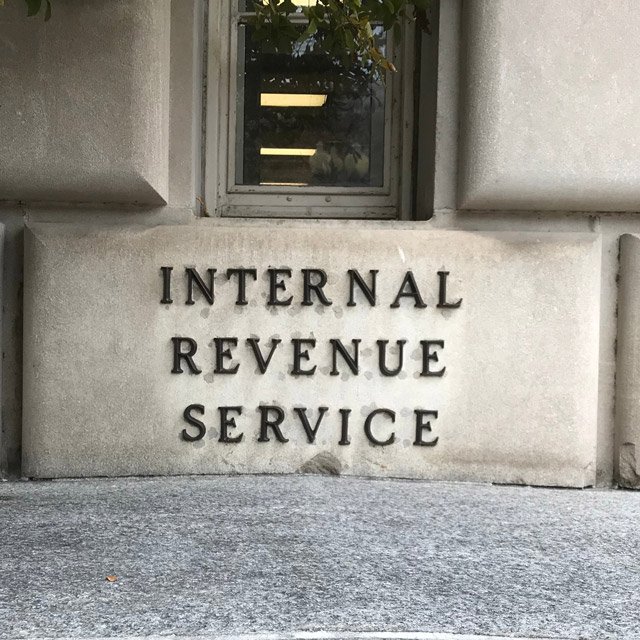IRS Posts 2023 Employer Coverage Affordability Limits

The Percentages
Here are the affordability cutoffs for workers at various household income levels, with income levels expressed as percentages of the federal poverty level:
Less than 133%: 1.92% (up from 0% this year, and down from 2.07% in 2021).
133% of the federal poverty level: 2.88% (up from 0% this year, and down from 3.1% in 2021).
150% of the federal poverty level: 3.84% (up from 0% this year, and down from 4.14% in 2021).
200% of the federal poverty level: 6.05% (up from 2% this year, and down from 6.52% in 2021).
250% of the federal poverty level: 7.73% (up from 4% this year, and down from 8.33% in 2021).
300% of the federal poverty level: 9.12% (up from 8.5% this year, and down from 9.83% in 2021).
400% of the federal poverty level: 9.12% (up from 8.5% this year, and down from 9.83% in 2021).
This year, in most of the United States, 100% of the federal poverty level is $13,590 for an individual and $27,750 for a family of four; 400% of the federal poverty level is $51,520 for an individual and $106,000 for a family of four.
If, under current 2023 rules, you have a married client with two children, the couple have an annual “modified adjusted gross income” of $106,000, and 2023 employer coverage for just the client costs the client less than $868 per month, the ACA public exchange system will likely classify the client’s employer coverage as being affordable and refuse to offer the client premium tax credit subsidies.
The Family Glitch
One famous ACA employer coverage affordability issue is that federal agencies have decided that employer coverage is affordable for a worker if “self-only” coverage for the worker is affordable.
The ACA public exchange system does not consider whether a worker can get affordable coverage for spouses, children or other household members. Critics of that approach refer to it as the “family glitch.”
The IRS and other agencies proposed in April that the exchange system take the affordability of family coverage into account when determining whether workers qualify for premium tax credits.
Some officials have suggested that the agencies will need authorization from Congress to eliminate the family glitch.
Congressional Budget Office analysts estimated in July that eliminating the family glitch would increase the number of people with individual and family coverage by an average of about 900,000 each year from 2023 through 2032.
The change would cost the federal government about $44 billion over that 10-year period, years, or about $4,900 per additional covered person per year.
(Photo: Allison Bell/ALM)




